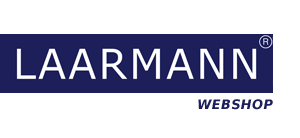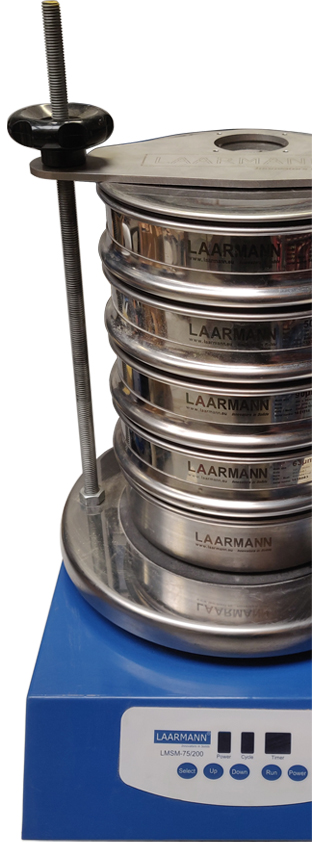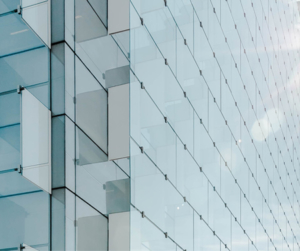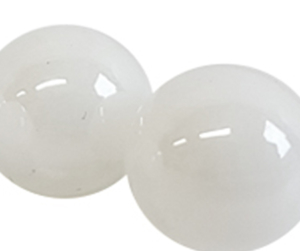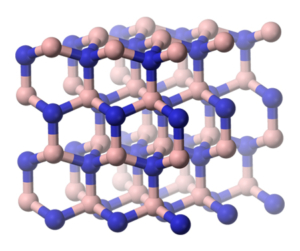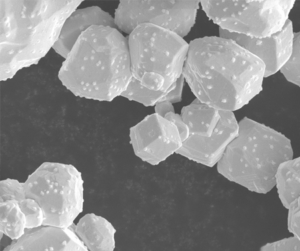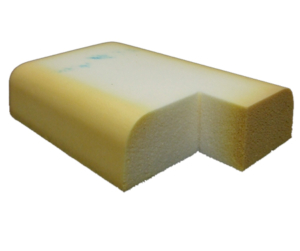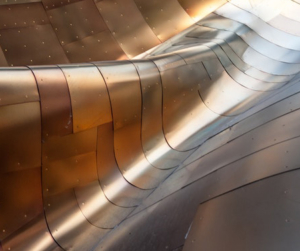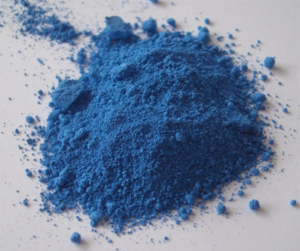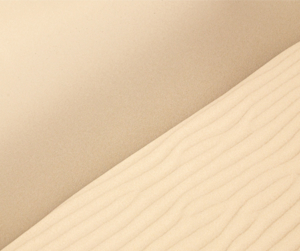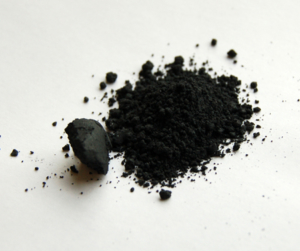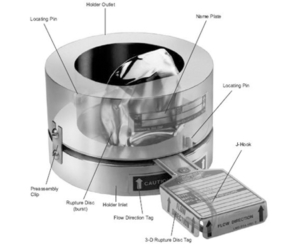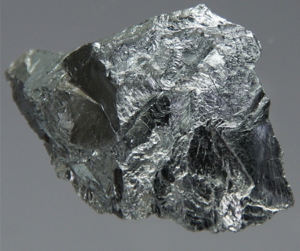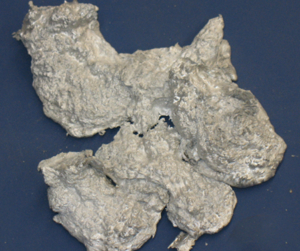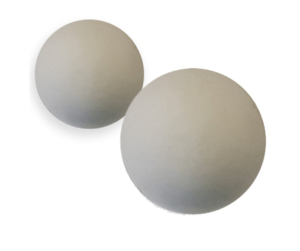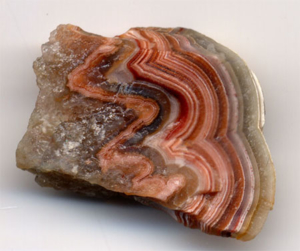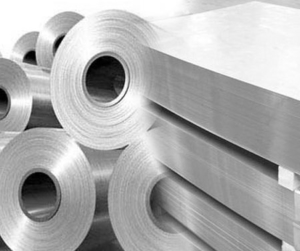Polyvinylidene fluoride
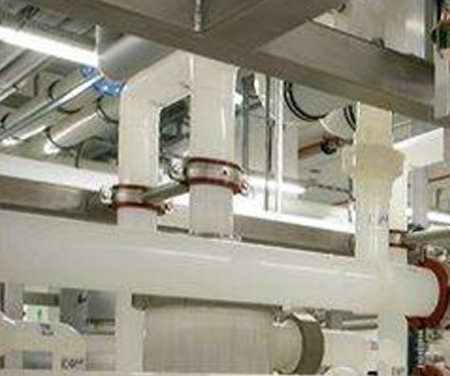
Polyvinylidene fluoride or polyvinylidene difluoride (PVDF) is a highly non-reactive thermoplastic fluoropolymer produced by the polymerization of vinylidene difluoride.
PVDF is a specialty plastic used in applications requiring the highest purity, as well as resistance to solvents, acids and bases. Compared to other fluoropolymers, like polytetrafluoroethylene (Teflon), PVDF has a low density (1.78 g/cm3).
It is available as piping products, sheet, tubing, films, plate and an insulator for premium wire. It can be injected, molded or welded and is commonly used in the chemical, semiconductor, medical and defense industries, as well as in lithium-ion batteries. It is also available as a crosslinked closed-cell foam, used increasingly in aviation and aerospace applications. It can also be used in repeated contact with food products, as it is FDA-compliant and absolutely non-toxic.
As a fine powder grade, it is an ingredient in high-end paints for metals. These PVDF paints have extremely good gloss and color retention. They are in use on many prominent buildings around the world, such as the Petronas Towers in Malaysia and Taipei 101 in Taiwan, as well as on commercial and residential metal roofing.
PVDF membranes are used in western blots for the immobilization of proteins, due to its non-specific affinity for amino acids.
PVDF is also used as a binder component for the carbon electrode in supercapacitors and for other electrochemical applications.
